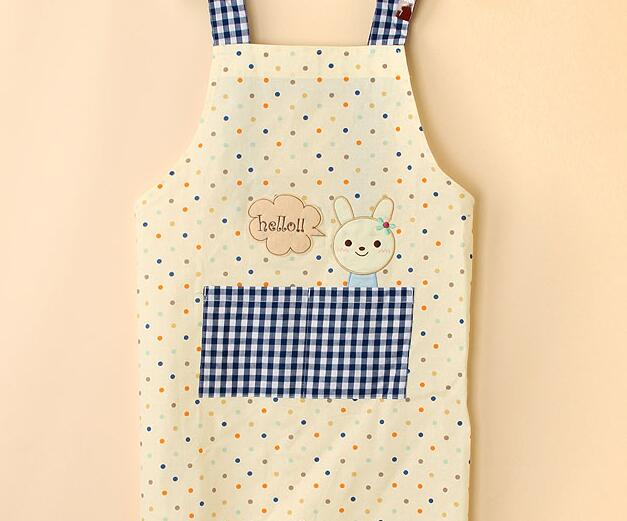The answer came to him after five long days of walking up and down the streets of the Lower East Side, just as he was about to give up hope.
在这个街上来来回回走了好些天,正当他觉得无望的时候,未来的答案却明朗起来,
He was sitting on a overturn box, eating a late lunch of the sandwiched Regina had made for him.
那就是。当时他正坐在一个翻过来的箱子上,吃着已经晚了的瑞吉娜给他弄的三明治中饭。
It was close. Everywhere around him stores were opening,
围绕着他的,处处是在营业的小店,
suits, dresses, overalls, shirts, skirts, blouses, trousers, all ready to be bought and worn.
里面卖着套装、女装、工作服、衬衫、休闲服、裤子,
Coming from a world where clothing was made by hand or made to order by tailors, this was a revelation.
这些服装都是来自家庭手工制作,或是裁缝定做的,这是他的一个新发现。

"To me the greatest wonder in this was not the mere quantity of garments, although that was a miracle in itself."
“对我来说,这里最大的奇迹不在于庞大的服装数量,尽管这本身就是个奇迹,”
Borgenicht would write years later, after he became a prosperous manufacturer of women and children's clothing.
多年以后,鲍各尼特在成为妇女儿童服装制造商之后写到,
"But the fact that in America even poor people could save all the dreary, time-consuming labor of making their own clothes simply by going into a store and walking out with what they needed.
“但事实就是,在美国,即使穷人也不愿意花时间在无聊的衣服缝制上,他们会选择去小店购买自己所需的服装。”
There was a field to go into, a field to thrill to."
这是个可以进入的领域,一个令人激动不已的领域。
Borgenicht took out a small notebook. Everywhere he went,
鲍各尼特拿着一个小笔记本,无论走到哪里,
he wrote down what people were wearing and what was for sale—men's wear, women's wear, children's wear.
他都记下人们的穿着和正在销售的衣服——男装、女装、童装。
He wanted to find a "novel" item, something that people would wear that was not being sold in the stores.
他想找到“新颖的”题材,寻找那种在市场上找不到的、人们穿的款式。
For four more days he walked the streets. On the evening of the final day as he walked towards home, he saw half dozen girls playing hopscotch.
他又走了4天,这一天晚上,当他往家赶的时候,他看到6个女孩在玩跳房子游戏。
One of the girls caught his eye, she was wearing a tiny embroidered apron over her dress,
其中一个女孩在衣服外面穿着镶边的围裙,
cut low in the front with a tie in the back, and it struck him, suddenly, that in his previous days of relentlessly inventorying the clothing shops of the Lower East Side, he had never seen one of those aprons for sale. He came home and told Regina.
前面是低领,后面有个系带,他猛然发现,之前的那些天,在东区那些服装琳琅满目的衣饰店里,看到过这样的围裙,他的精神为之一振。他回家告诉了瑞吉娜。
She had an ancient sewing machine that they had bought upon their arrival in America.
瑞吉娜刚到美国时,买了一台老式的缝纫机。
The next morning, he went ot a dry-goods store on Hester Street and bought a hundred yards of gingham and fifty yards of white crossbar.
第二天早上,鲍各尼特到郝斯特街的一个干货店买了100码的条纹棉布和50码的横木。












